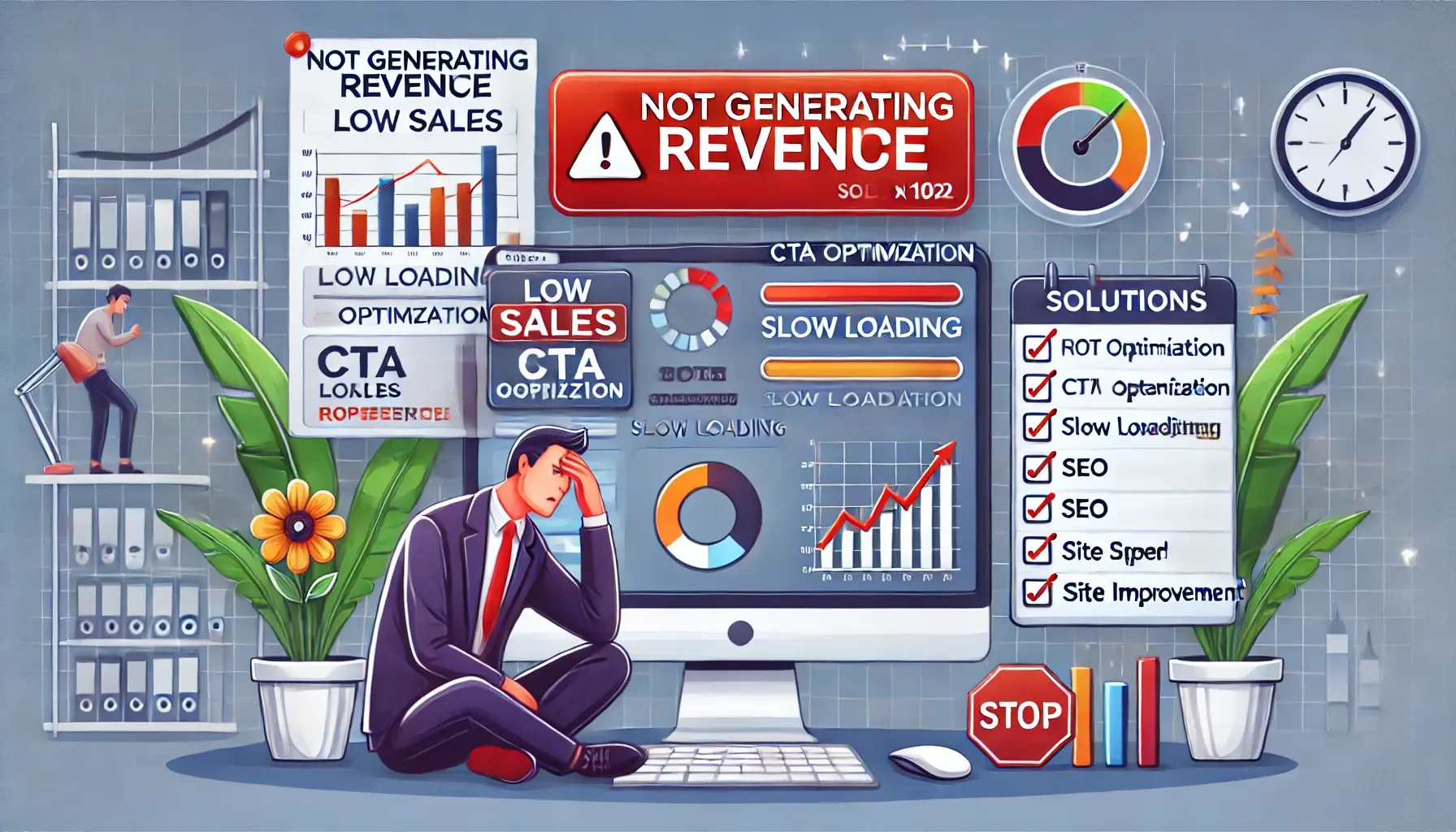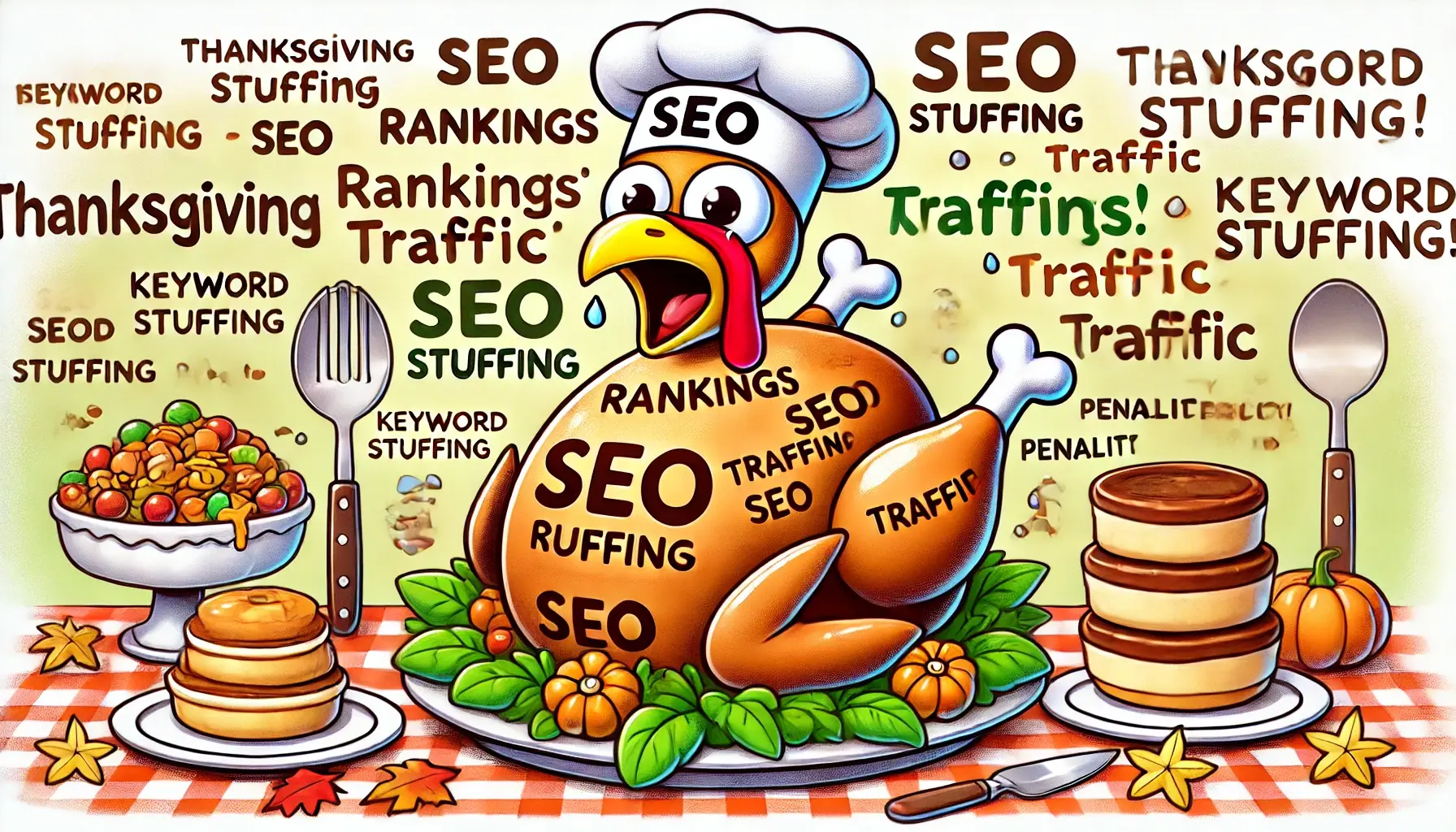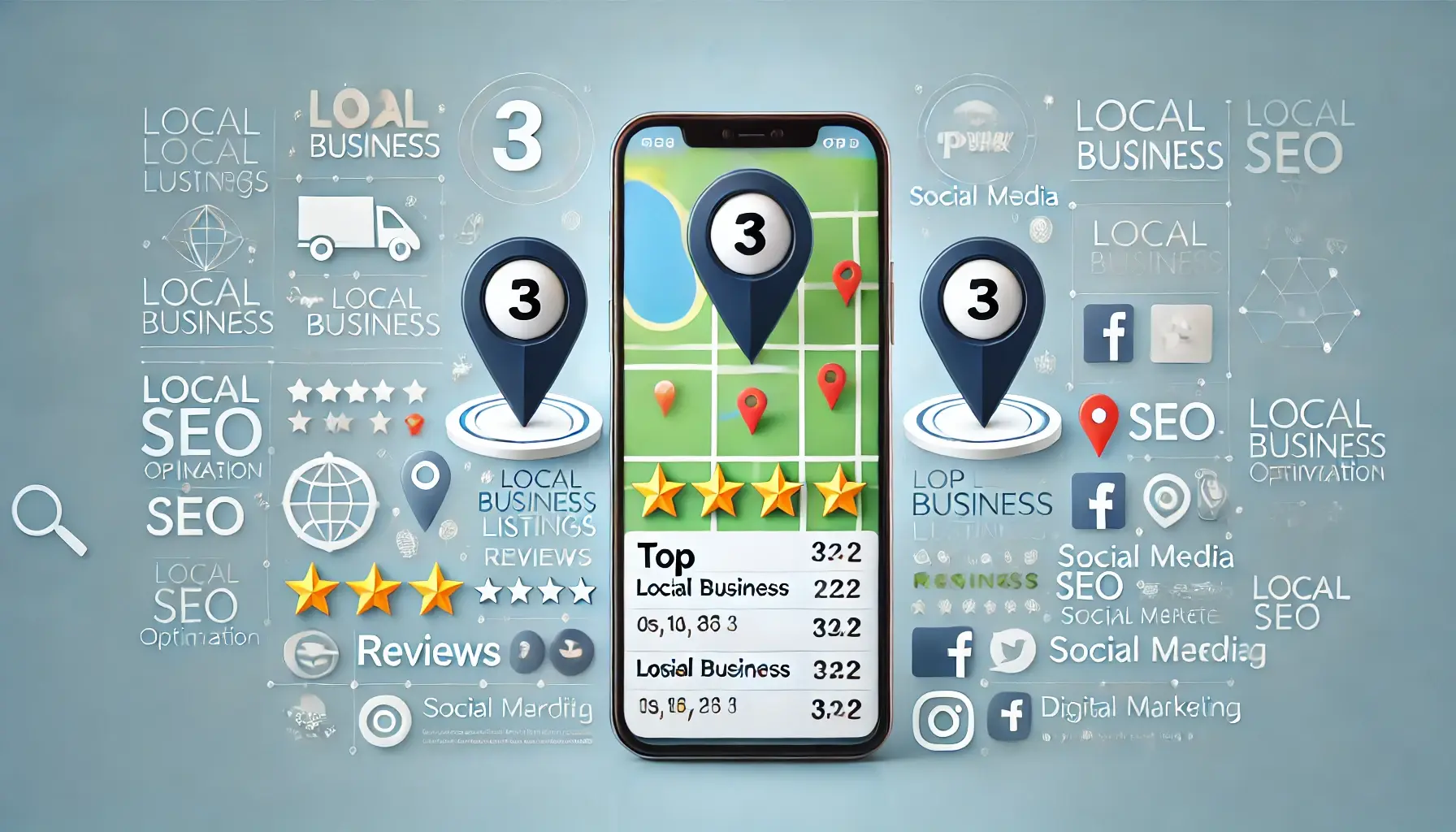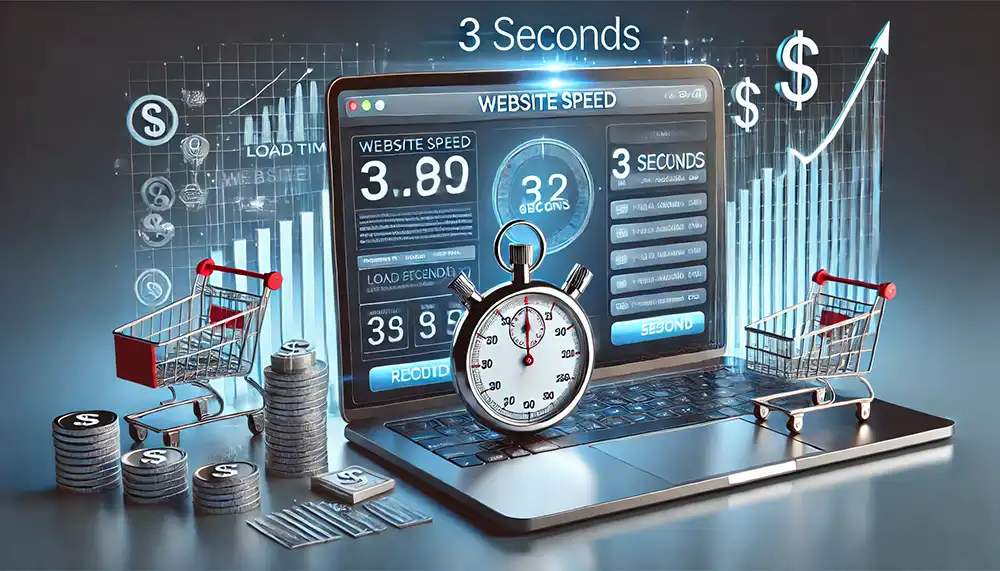
Looking to rake in more cash online? Here's a tip: make your website faster than a cheetah on espresso. Research from Akamai shows that users expect your site to load in 3 seconds or less—because, let’s be honest, patience isn’t exactly a strong suit these days.
But here’s the kicker: even the top 500 ecommerce giants are dragging their feet with a median load time of around 10 seconds. That's like watching paint dry in internet terms. This sluggishness leads to frustrated customers, abandoned carts, and—brace yourself—serious revenue loss.
The good news? Speeding up your site can work wonders. Just chopping off one second from your load time can boost your conversions by a whopping 7%! So, stick around to discover why a faster site means more moolah, how to get your pages loading like lightning, and some jaw-dropping stats on just how much extra dough you could be rolling in.
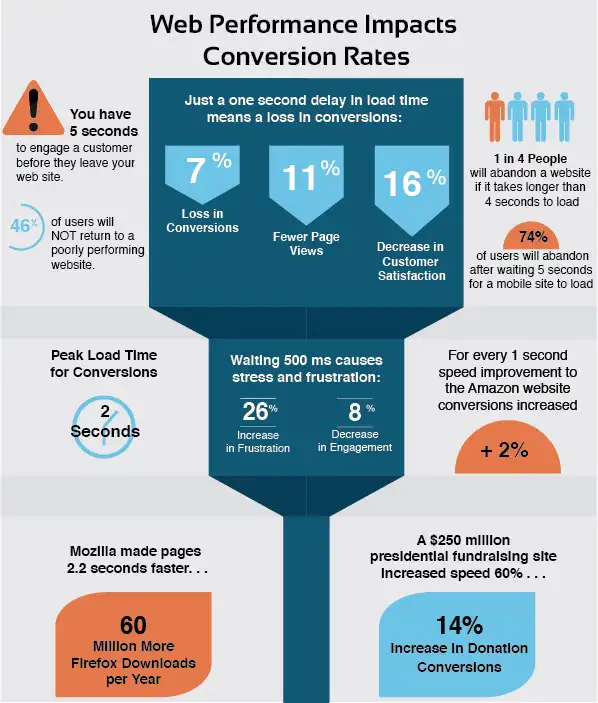
Surprised? We were too!
Who would’ve guessed that page speed could make such a huge impact on your website’s revenue? But when you think about it, it totally makes sense. With lightning-fast internet connections being the norm, users aren’t giving slow websites the benefit of the doubt anymore. Gone are the days of blaming it on a “bad connection.” Plus, with so many options available online, nobody’s sticking around to wait for your page to load—they’ll just head to a competitor who’s quicker on the draw.
That’s why having a fast website is more important than ever. As our infographic highlights, speeding up your site can lead to some pretty eye-popping changes in how much money you’re bringing in. The general rule? Faster sites equal fatter wallets.
Take Amazon and Walmart, for instance—they’ve discovered that even the tiniest delays can dent their profits. We’re talking a 100-millisecond difference causing a 1% revenue drop! That might not seem like much to smaller sites, but for these giants, it’s millions of dollars!
And here’s another jaw-dropping example: Intuit, the tax software company, ran some experiments to shave off load time from their website. They found that even small speed improvements led to noticeable jumps in conversion rates, as shown in our infographic.
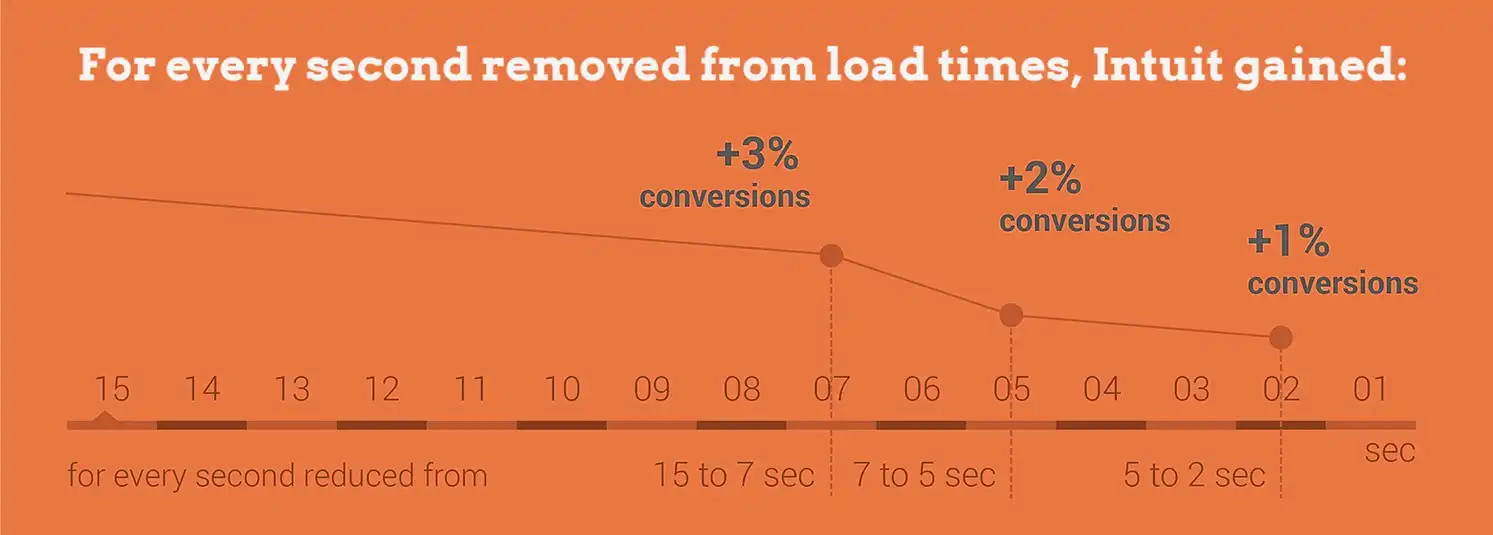
To explain further, Intuit found the following:
- a 3% increase in conversions was gained for each second removed from load time when the total load time was between 7-15 seconds
- a 2% increase in conversions was gained for each second removed from load time when the total load time was between 5-7 seconds
- a 1% increase in conversions was gained for each second removed from load time when the total load time was between 2-5 seconds
Here’s the scoop: when the site’s load time was trimmed from 15 seconds to 14, conversions jumped by 3%. Then, when it dropped to 13 seconds, another 3% boost. And the pattern kept going—every second shaved off meant more conversions. Similarly, President Obama’s fundraising campaign saw a jaw-dropping 14% increase in conversions just by cutting page load times from 5 seconds to 2. It might not sound like a huge change, but that tweak added up to an extra $34 million in donations! Talk about a big win. Speed really does pay off.
If your conversions aren’t hitting the mark, or sales have taken a dip, it’s time to check your site speed. Run a quick test with a tool like Pingdom and see how you stack up against the industry average of 10 seconds. Are there chances to slim down your site by compressing images or trimming content?
Or maybe it’s time to consider a server upgrade? Regular website maintenance can also keep everything running smoothly, ensuring your back-end is slick, your data is secure, and your site is zipping along at healthy speeds. The faster your site, the more likely visitors are to stick around and make a purchase.
And hey, while those extra one or two sales or leads each week might seem small, they’ll definitely add up over time!


